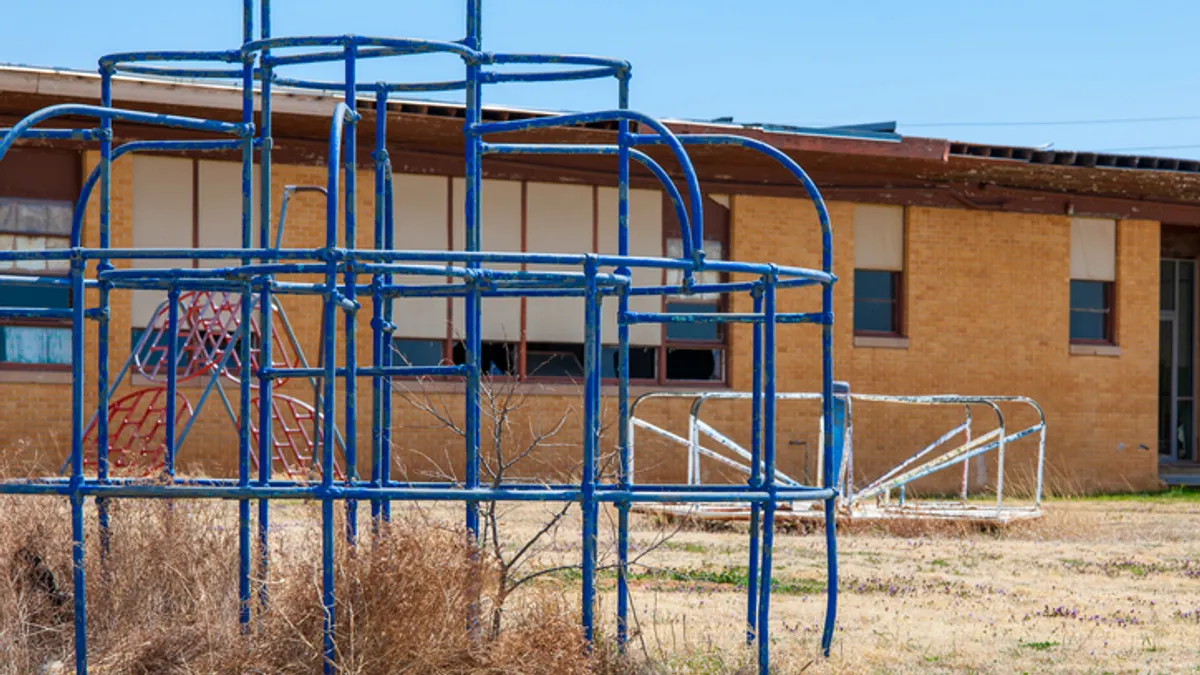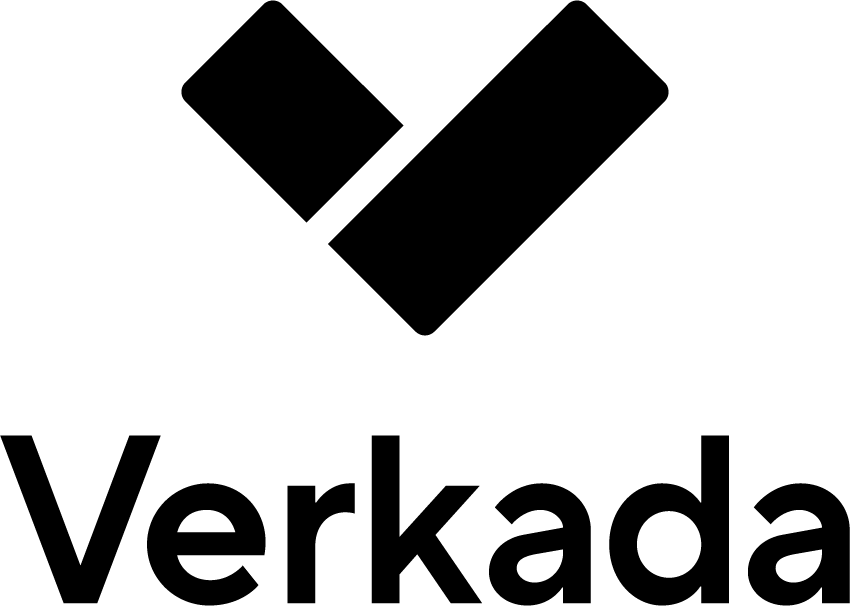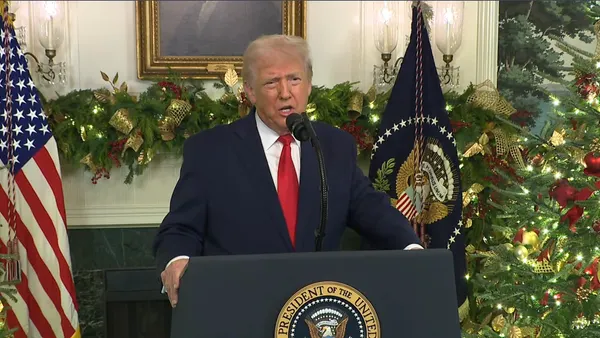Dive Brief:
- Following a win in Arizona by low-income school districts over built-in state disparities in facilities funding, plaintiffs have sued California over something similar. A group of students, parents and advocacy organizations are contending the state’s reliance on local bond financing to meet the bulk of school facilities’ capital needs systematically widens the gap between have and have-not districts.
- “State funding for modernization of aging school facilities … provides more funding to wealthy districts based on their local wealth, enabling them to meet local funding requirements more easily, which in turn qualifies them for more state bond matching funds,” say the plaintiffs in the complaint, filed Oct. 23 with the California Superior Court in Alameda County.
- The funding gap violates the equal protection and education clauses of the state’s constitution, the plaintiffs say. The lawsuit seeks to rewrite the funding formula so it’s more needs-based and less reliant on how successful, and how quickly, districts are in generating their share of the funds.
Dive Insight:
California enacted education funding reforms in 2013 that addressed systemic inequalities in how school operations funds were allocated. But the reforms left capital allocations largely unaddressed, critics say.
“Reforms have addressed only the State’s funding of day-to-day school operations,” the complaint says. “Meanwhile, the State’s scheme for financing capital improvements to school facilities has remained mired in a world where … separate and unequal is acceptable and where the very gears of opportunity are purposefully aligned to provide more to those who have more and less to those who have less.”
The state has close to $15 billion in unmet school facility capital needs, according to an independent research estimate included in the complaint.
The Calexico Unified School District, just north of the Mexico border, for example, is forced to combat high temperatures with failing, antiquated HVAC systems, the plaintiffs say. The area has arsenic in its soil, and wastewater sewage leaks in its school facilities’ hallways and classrooms, creating foul smells and hazardous conditions, they say.
The Fall River Joint Unified School District, in the northern part of the state, has asbestos in all of its schools and many have black mold, the complaint says. “Students must learn in the same modular classrooms that were present when their grandparents attended school, many over 55 years old despite being intended for 20 years of use,” it says.
The complaint sets conditions like these against conditions at schools in higher-income areas where students get state-of-the-art athletic and science facilities.
“By way of just a few examples, Laguna Beach Unified School District recently upgraded its decade-old track and field at Laguna Beach High School with environmentally friendly materials that offer cooler temperatures and reduce the risk of student injury,” the plaintiffs say. “La Jolla Elementary School in San Diego Unified was able to upgrade their play areas and structures in 2024, expand their parking lot to include a drop-off and pick-up area and replace their former field with a grass field and walking track.”
Under the state’s school capital funding system for renovations, districts are required to put up 40% of the money needed for the work, typically from voter-approved bond issues, before the state steps in with the balance. They must do it quickly as well; if they’re slow to generate their share of the money, the state pool of funds could be exhausted. Late-comers are then put on a “hardship” waiting list that can take years to work through.
“The … Hardship program imposes a burdensome, ‘second-class citizenship’ status on low-wealth districts,” the complaint says.
The state made improvements in 2024 with passage of Proposition 2, which earmarked $4 billion for school modernization, and made tweaks to the funding formula, but the built-in disparities and the first-come, first-served application process weren’t addressed.
“All modernization projects will continue to receive at least a 60% match from the State regardless of the wealth of the district applicant” despite the Proposition 2 reforms, the plaintiffs said.
“The old and dilapidated facilities in low-wealth districts are literally robbing our children of their future,” said Jetaun Stevens, a senior staff attorney at Public Advocates, a nonprofit group that is among the plaintiffs suing the state.
Liz Sanders, director of communications for the California Department of Education, told Facilities Dive the agency can’t comment on pending litiigation but it believes in the importance of access to modern, healthy school facilities. We’re “proud to have led significant work toward this end,” she said.














